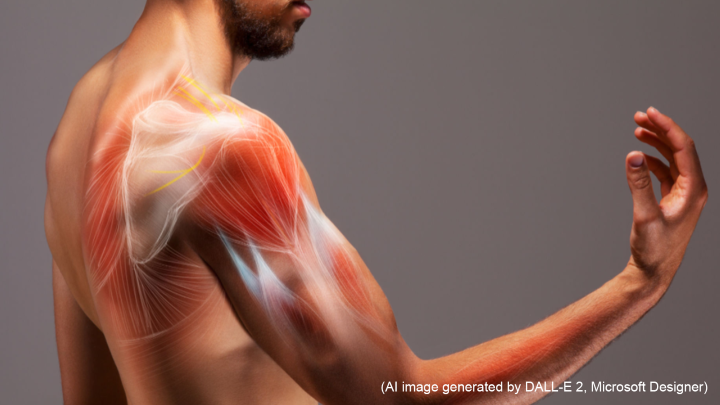#0034 Assessment of pressure pain threshold at the cervical and lumbar spine region in the group of professionally active nurses: A cross sectional study

The Ergonomics Behind Neck and Back Pain in Nurses
Hospital nurses often work in stressful environments while caring for patients and have demanding duties that can involve heavy lifting activities performed from difficult postural angles. This has been noted to result in neck and back pain and related injuries. Workplace ergonomics can make nurses’ jobs more comfortable and less risky, but studies have shown that these, to a large extent, remain unimplemented both by hospitals and by the nurses themselves.
The case is not much different in Poland. Studies specific to Polish hospitals have pointed out worryingly poor workspace design, long and inconsistent shift timings, and insufficient knowledge on ergonomics among nurses.
To determine the link between these factors and the incidence of neck and back pain in hospital nurses in Poland, we enrolled 30 active nurses, with varied work experiences and no existing injuries, in a four-month long study at the Wroclaw Medical University. We used a questionnaire to assess the nurses' compliance with ergonomic principles and employed the standard Oswestry and neck disability indices to ascertain their levels of distress due to neck and back pain. We also used a computerized pressure algometer on several back muscles to determine the pressure pain threshold (PPT), which is the minimum amount of pressure needed to induce pain.
We found that more than half the participants had mild disabilities in their neck and back. A similar proportion of nurses also had a low PPT, indicating musculoskeletal overload. Their level of adherence to workplace ergonomics could be linked to this high incidence of musculoskeletal disability. Approximately 60% of the nurses reported bending forward using their backs only and not their knees, which increases stress on the spine. Almost three-quarters of the participants said they hold their patients by the armpit, as opposed to the arms, while moving them, which places undue and uneven pressure on the back muscles. Only a third of the nurses adjusted the heights of the patients' beds when working with a supine patient. And just 13% of them wore specialist medical footwear to work.
Asymmetric muscular tension while working with patients appears to be what caused the excessive musculoskeletal overload in the nurses and resulted in neck and back pain, injury, and disability. Better education on workplace ergonomics and their implementation both by the nurses and the hospital could alleviate these problems.
Link to the original journal article:
https://onlinelibrary.wiley.com/doi/full/10.1002/1348-9585.12108
Title of the paper:
Assessment of pressure pain threshold at the cervical and lumbar spine region in the group of professionally active nurses: A cross sectional study
Authors:
Anna Kołcz, Karolina Jenaszek




